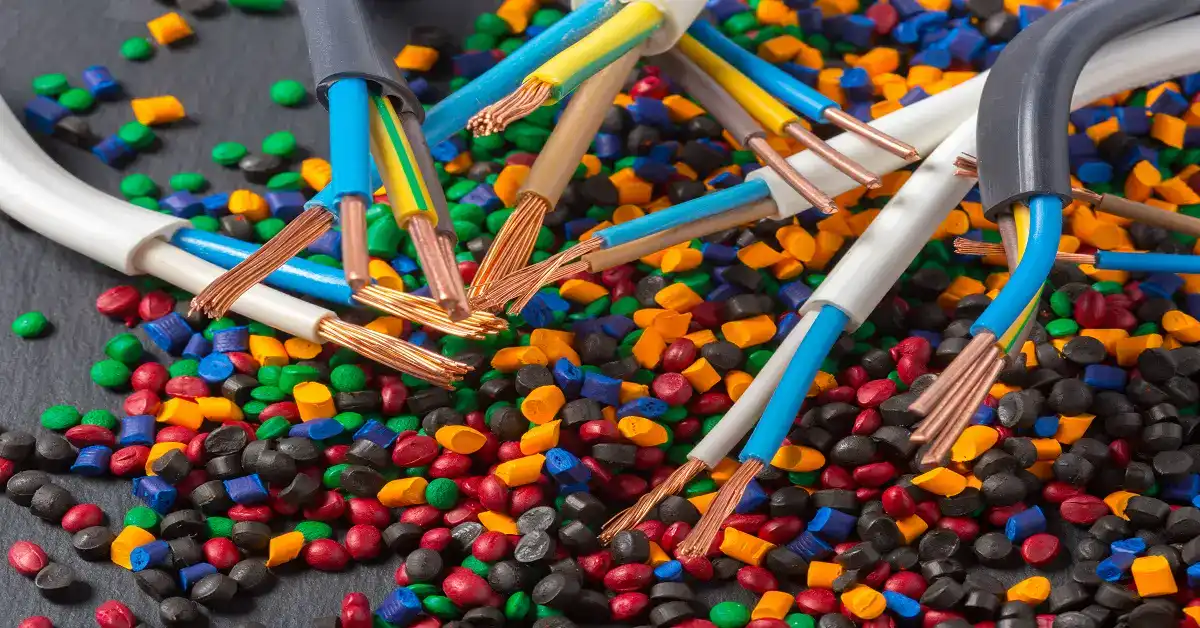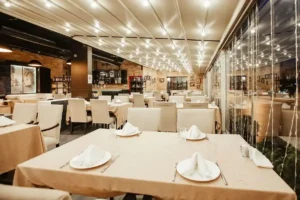Top Innovations in Construction: How Modern Materials Are Shaping the Future of Homes
The construction industry has come a long way over centuries, evolving from ancient structures of stone and clay to breathtaking skyscrapers and sustainable smart homes. Today, the pressure to create buildings that are durable, cost-effective, eco-friendly, and innovative has pushed engineers and architects to explore new materials and technologies. These advancements are not just reshaping how we construct homes but are also paving the way for a more sustainable and efficient future.
The Revolution of Modern Construction Materials
The materials used in today’s construction industry are far from ordinary. Traditional options like concrete, steel, and wood are being continually reinvented to be stronger, lighter, and more sustainable. With the global population growing rapidly and resources becoming scarcer, these innovations in construction provide solutions that are equal parts practical and futuristic.
Modern materials are not only improving the lifespan of structures but also catering to new priorities like energy efficiency and environmental impact. This wave of innovation is setting the stage for homes to be built faster, last longer, and leave a smaller carbon footprint.
From self-healing concrete to eco-friendly materials, let’s explore how the construction world is getting a high-tech facelift.
Self-Healing Concrete: Revolutionizing Durability
Concrete is the backbone of modern construction, but it has one major drawback – it’s prone to cracking over time due to wear and tear. This has led to endless maintenance expenses and safety concerns. Enter self-healing concrete, a game-changer designed to dramatically extend the lifespan of structures.
What exactly is self-healing concrete? It’s a special blend infused with bacteria or chemical agents that spring into action when cracks form, generating new materials (like calcium carbonate) to fill them. The result? Cracks are repaired automatically, reducing the need for manual intervention.
Benefits of Self-Healing Concrete:
- Longer Lifespan: By repairing itself, structures like roads, bridges, and buildings remain intact for significantly longer periods.
- Lower Costs: Reduces maintenance and repair costs, which can be substantial over the lifespan of a building.
- Environmental Impact: Less repair work and fewer materials used translate to reduced carbon emissions.
Major municipal projects around the world are already adopting this material. Experts believe that self-healing concrete could soon become the standard for urban infrastructure and residential buildings alike.
Going Green with Eco-Friendly Materials
Sustainability is no longer an option; it’s a necessity. With growing awareness about climate change, many in the construction industry are shifting toward eco-friendly materials as a way to reduce environmental harm and conserve resources. Among these options, bamboo and recycled plastics stand out as leaders in the movement.
Bamboo:
Bamboo has gained a reputation as the “green steel” of the construction world. Its tensile strength rivals that of steel, yet it grows incredibly fast and regenerates after being harvested, making it one of the most renewable materials available. Additionally, its lightweight nature makes it easier to transport and work with.
Recycled Plastics:
Plastic often gets a bad rap for its environmental footprint, but recycled plastics are changing the narrative. These materials are now being repurposed into durable building components such as:
- Roofing tiles
- Wall panels
- Structural bricks
By turning waste into building blocks, recycled plastics not only prevent landfill overflow but also create sturdy, low-cost alternatives for housing projects.
Both bamboo and recycled plastics showcase how thoughtful material choices can lead to greener, smarter homes without compromising on quality or design.
Insulation Materials Are Becoming Smarter
Insulation is the unsung hero of energy-efficient homes. It keeps interiors warm in winter, cool in summer, and helps reduce energy bills. Recent upgrades in insulation materials are pushing boundaries, offering better performance and new applications.
Cutting-Edge Insulation Innovations
Advanced materials like aerogel (sometimes called “frozen smoke” due to its appearance) and vacuum-insulated panels are being adopted for their exceptional heat-resistance capabilities.
An interesting application includes electrical wire insulation material, which is now being designed with enhanced thermal performance in mind. This not only improves the efficiency of electrical systems in modern homes but also enhances safety and reduces energy loss.
Benefits of Advanced Insulation:
- Reduced energy consumption and lower utility bills.
- Increased comfort within living spaces.
- Environmentally sustainable construction with better temperature control.
Builders and homeowners alike are recognizing that investing in these materials is a step toward smarter, more high-performing homes.
Solving the Housing Crisis with 3D-Printed Homes
One of the most astonishing breakthroughs in modern construction is the advent of 3D-printed homes. By layering material (often concrete or special blends) through massive 3D printers, entire houses can be built in days instead of months. These homes are not only faster to produce but are also incredibly cost-efficient and customizable.
The Role of 3D-Printed Homes:
- Speed: Conventional construction can take months, but 3D printing significantly compresses timelines.
- Affordability: The cost of labor and raw materials is reduced, making it an attractive solution for low-cost housing projects.
- Flexibility: Designs can be tailored to meet specific needs, opening up endless possibilities for architectural innovation.
Addressing Housing Shortages:
With urbanization continuing at a rapid pace, many regions face massive housing shortages. 3D-printed homes are emerging as a practical solution to provide affordable living spaces in a fraction of the time typically required.
Organizations around the globe are investing in this futuristic technology, proving that 3D printing might not just be a trend but the future of scalable, sustainable housing.
Conclusion
Innovation in construction materials is making homes more durable, sustainable, and affordable. From self-healing concrete to eco-friendly options, these breakthroughs address major industry challenges. Advanced insulation and 3D printing show how construction is becoming smarter and faster without losing quality. For professionals or homeowners, these innovations bring exciting possibilities. Modern materials are shaping homes, redefining lifestyles, and driving progress. The construction revolution is here!













